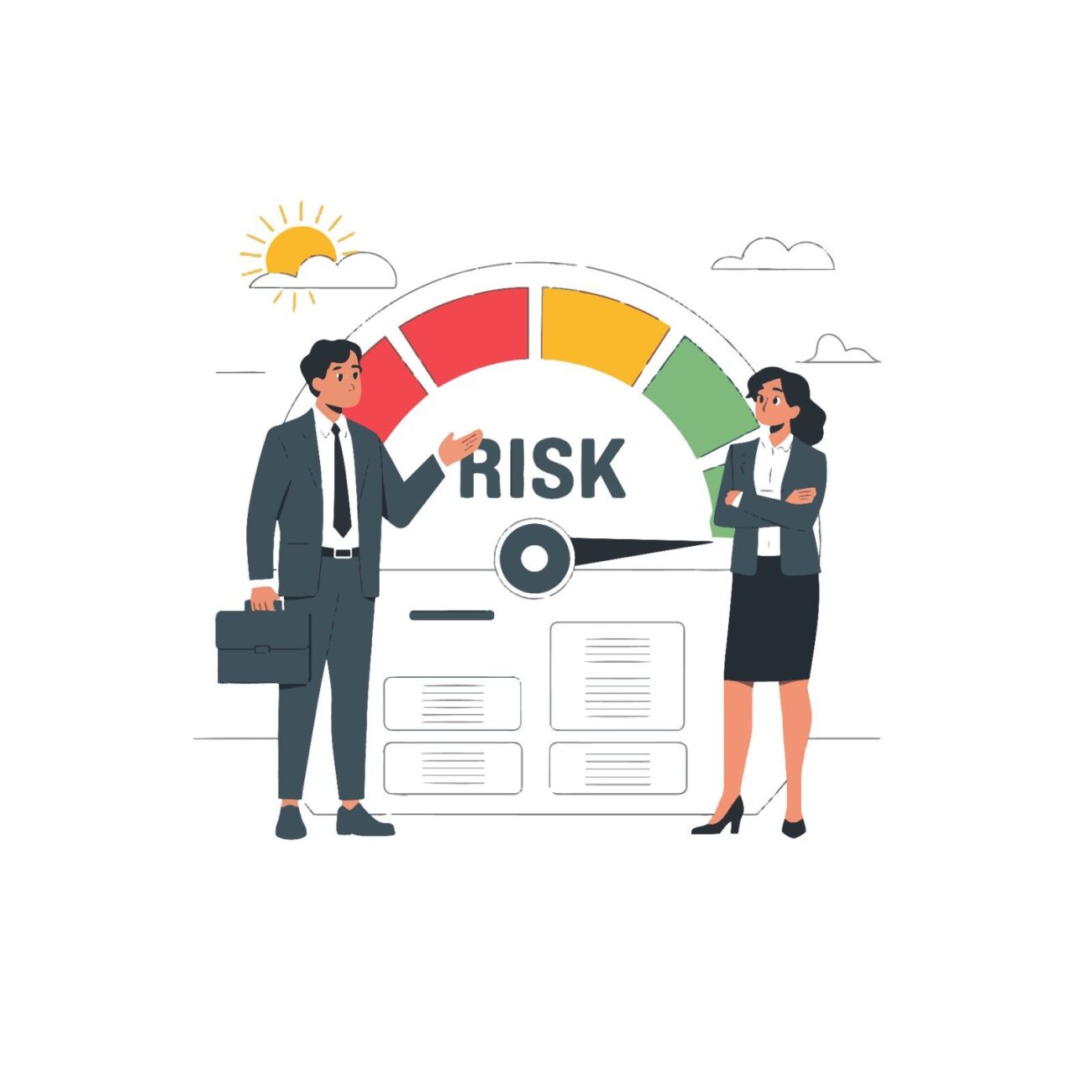Launching a new business is thrilling because it’s filled with excitement, ideas, and goals. However, that excitement is accompanied by uncertainty. Technology advances, markets change, and competition grows stronger. Even minor errors can become major obstacles for new businesses. Because of this, having a strong risk management system is a survival method as much as a layer of protection.
Startups can identify possible risks early, assess their impact, and create mitigation plans with the aid of a clear risk management framework. To safeguard the expansion and reputation of your startup, it is important to manage risks effectively rather than completely avoid them.
We’ll explain in this guide how to create a successful risk management strategy that keeps your startup strong and prepared for anything.
Why Risk Management Is Crucial for Startups
Startups frequently concentrate on product development, growth, and funding in their early stages while ignoring risk management. Ignoring risks can result in delays, legal issues, or even financial losses.
Developing a solid risk management plan not only protects your business but also makes it stronger. You can develop a sustainable business model, gain the trust of investors, and make better decisions by taking an active role.
Maintaining a healthy credit score improves your chances of securing loans or funding on better terms, which is vital for startups managing financial risk.
1. Identify Potential Risks
Knowing what might go wrong is the first step in creating your risk management framework. Risks for startups can come from both internal and external sources.
Typical forms of startup risks consist of:
- Financial risks include funding delays, late payments, and cash flow problems.
- Operational risks include slow processes, problems with the supply chain, or poor resource management.
- Market risks include shifting consumer tastes and increased competition.
- Legal and security hazards include problems with licensing, violations of data privacy, or punishments from the government.
- Technology risks include data loss, errors in software, and dangers related to cybersecurity.
Making a list of every potential risk enables you to get ready before issues develop.
If you’re a business owner facing temporary cash flow challenges, a personal loan for the self-employed can help manage expenses without interrupting operations.
2. Assess and Prioritise Risks
The next step after identifying possible hazards is to evaluate each one’s chances of developing as well as the possible impact of its effects.
A matrix for risk evaluation can be used to group dangers into:
- High probability, high impact (needs immediate attention)
- Low possibility, high impact (closely monitor)
- High probability, low impact (create backup plans)
- Low probability, low impact (little worry)
By doing this, your team can spend less time on minor problems and more time on the things that really count.
3. Develop Risk Mitigation Strategies
Startups have to create strategies to either avoid, transfer, reduce, or accept risks after they have been evaluated.
Typical techniques for risk mitigation:
- Avoidance – adjust company policies to get rid of the risk.
- Reduction – Put controls in place to reduce the possibility or effect.
- Transfer – transfer certain tasks or gain insurance.
- Acceptance – Understand and keep an eye on small risks.
For instance, if cybersecurity is your biggest risk, you could regularly back up important data, educate employees on data safety, and invest in better security tools.
4. Create a Risk Management Policy
Every startup should have a well-defined risk management policy that describes how to recognise, evaluate, and address risks.
This document should contain:
- Risk owners’ roles and responsibilities.
- Procedures for risk reporting and documentation.
- Guidelines for communication in times of trouble.
- Timelines should be checked regularly for updates.
5. Build a Risk-Aware Culture
The value of a risk management system depends on its acceptance by all members of your startup. Encourage honest and open dialogue regarding possible dangers.
Here are some tips for creating a culture that is mindful of danger:
- Employees should be taught to recognise early warning signs.
- Encourage innovative approaches for problem-solving.
- Establish regular discussion boards for problems and their solutions.
- Include risk management in the new employee onboarding process.
When risk awareness becomes part of your company’s culture, your team will be quicker to respond and recover from unexpected events.
During unexpected crises, an emergency personal loan can provide immediate funds to keep your startup running smoothly.
6. Leverage Technology for Risk Monitoring
Technology can improve the efficiency and intelligence of risk management. Track outcomes and possible risks in real time with digital tools and analytics platforms.
Resources that can be useful:
- Software for project management that monitors the allocation of resources and deadlines.
- Cash flow monitoring financial dashboards.
- Tools for cybersecurity to protect data.
- Data analysis powered by AI to forecast market trends.
Automation decreases human error and guarantees that dangers are identified before they become worse.
7. Plan for Business Continuity
Certain events cannot be avoided even with the best risk management strategy. A business continuity plan (BCP), an emergency plan that guarantees essential activities continue in the event of problems, should therefore be a part of every startup.
Your BCP should include:
- Systems for communicating in an emergency.
- Procedures for data recovery and backup.
- Different work arrangements, such as remote work.
- Backup plans in case a client or provider fails.
Being ready decreases delay and maintains the security of your company in the event of an emergency.
8. Review and Update Regularly
Developing a risk management framework is a continuous process. As your startup expands, risks develop. Examining your plan regularly keeps you ready for arising difficulties.
Perform yearly or quarterly assessments to:
- Determine how successful the current methods are.
- Add the recently discovered dangers.
- Change your plan of action to shifts in the market.
Your startup will stay strong and flexible if you maintain an evolving risk control process.
Conclusion
The goal of effective risk management is to manage risks intelligently, not to avoid them. Startups can remain ready, safeguard their assets, and expand with confidence by preparing, analysing, and planning for possible obstacles.




